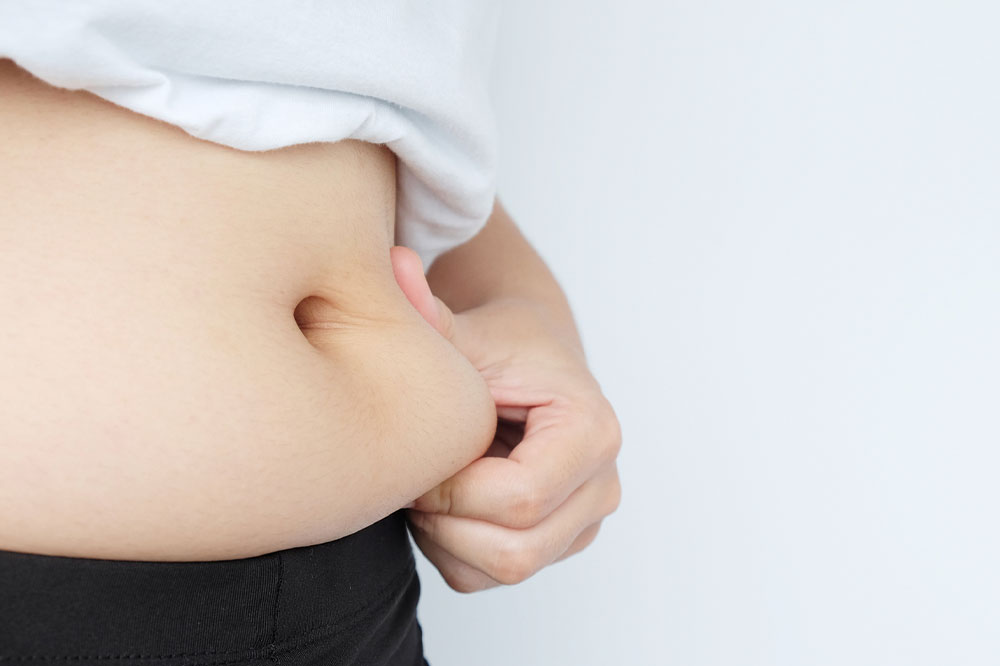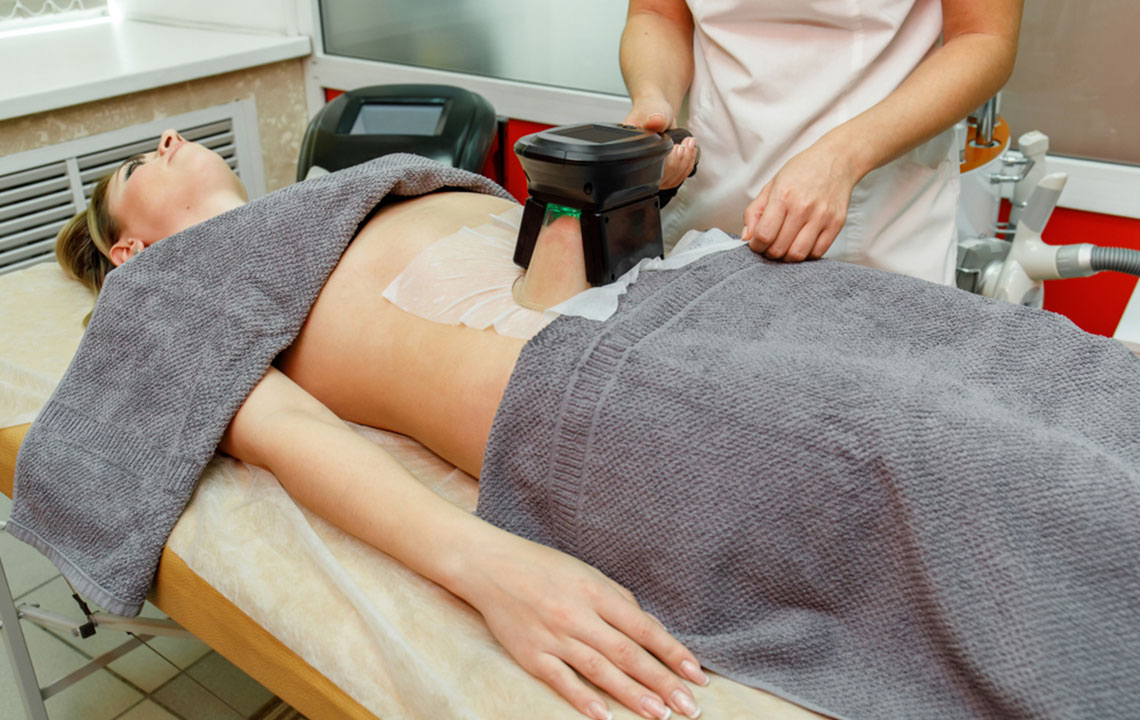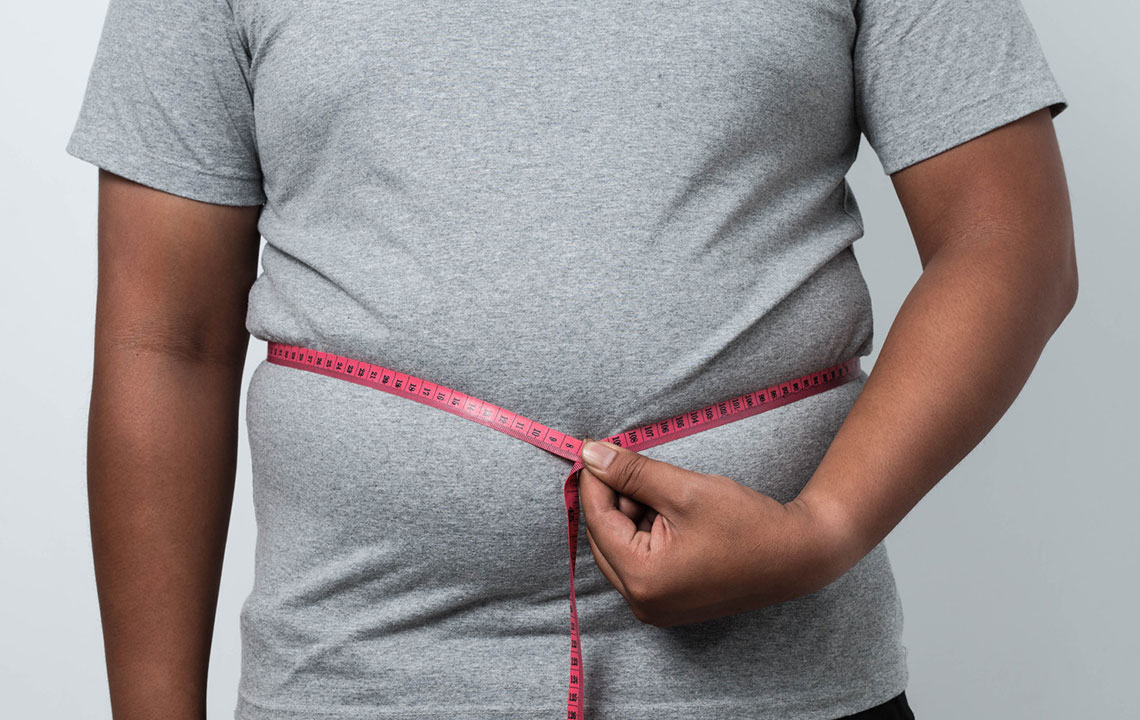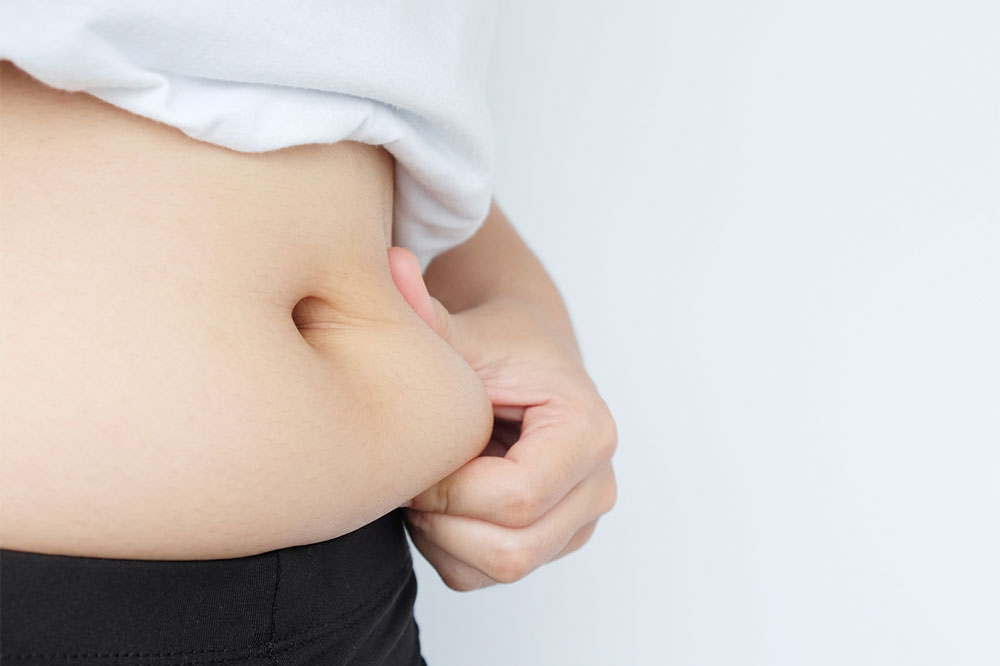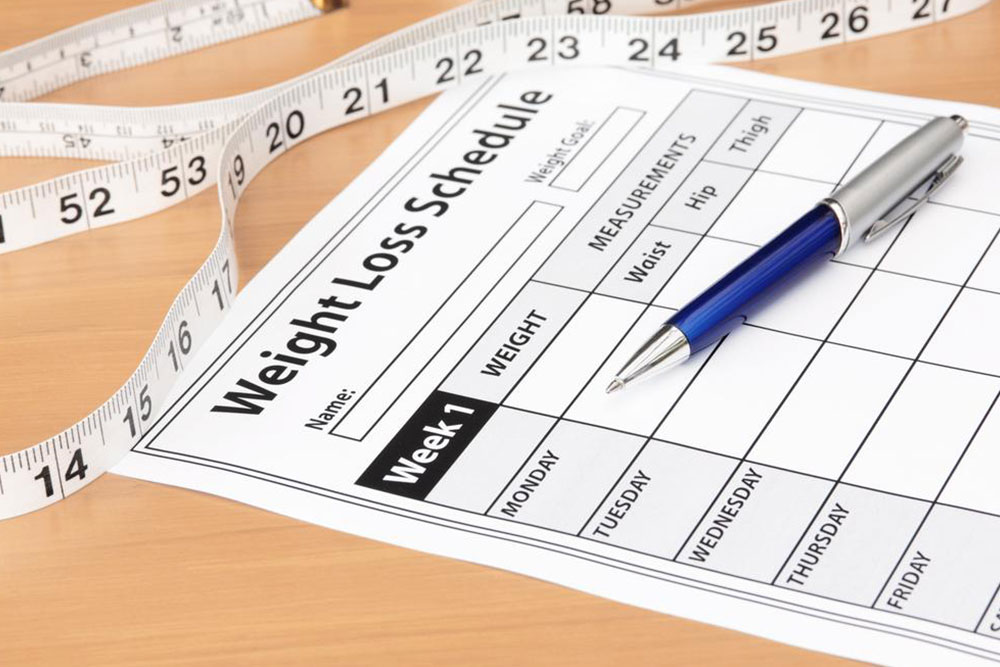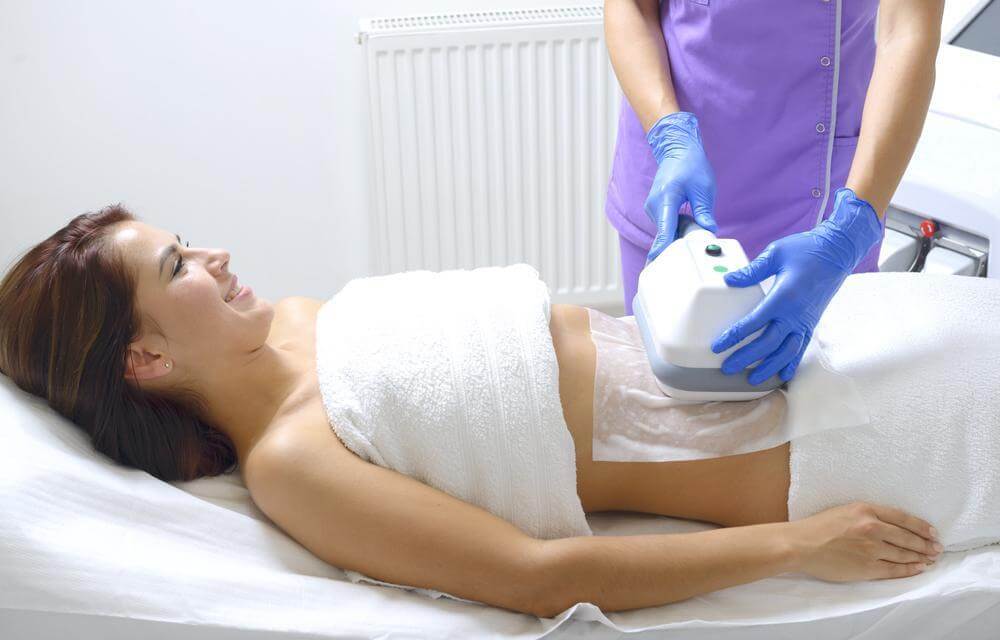Comprehensive Guide to CoolSculpting for Targeted Fat Reduction
Discover the essentials of CoolSculpting, a non-invasive fat reduction technique designed to target stubborn areas. Learn how it works, its benefits, limitations, costs, and ideal candidates. Perfect for those seeking body contouring without surgery, CoolSculpting offers a promising option for targeted fat loss, especially in areas resistant to diet and exercise. Understand the procedure's process, results, and considerations to make an informed decision about your body sculpting journey.

Comprehensive Guide to CoolSculpting for Targeted Fat Reduction
Understanding the difference between losing weight and reducing fat is essential. While natural weight loss results from consistent exercise and healthy eating, fat reduction techniques target the actual removal of fat cells, which cannot be achieved solely through diet or exercise. CoolSculpting is a popular non-invasive procedure that decreases the number of fat cells in specific areas, making it an effective fat reduction method rather than a weight loss solution. Let’s explore what CoolSculpting involves.
Overview
In the human body, fat cells are usually established during adolescence and remain constant in number throughout life. Weight fluctuations only change the size of these cells, not their quantity. This is why gaining weight after losing it is often easier—the number of fat cells stays the same. CoolSculpting works by reducing the total number of fat cells—approximately 20-25%—leading to a noticeable decrease in fat in targeted areas. This process is referred to as fat cell cryolipolysis.
Many celebrities have reportedly used CoolSculpting successfully, including Khloe Kardashian and Mariah Carey, which has increased public interest. The procedure involves carefully freezing fat cells, which are then naturally expelled by the body, resulting in a slimmer appearance. The typical treatment area includes the abdomen and thighs, where fat is most stubborn. During the procedure, a cooling panel is applied to create a vacuum and freeze the fat tissue at around 14°C. These dead cells are then eliminated through the body's natural processes.
This technique is often compared to liposuction but is less invasive, with reduced discomfort and downtime. However, CoolSculpting generally requires multiple sessions—often six to eight—to achieve the desired results, with each session lasting about an hour, fitting conveniently into a busy schedule. While it’s less painful and safer, it is also less quick than liposuction. As a non-surgical option, it’s suitable for those with localized fat issues, especially if they have already maintained a healthy lifestyle but struggle with specific areas.
The main downside is the lengthy process, which can be tiring, as tissue response takes time—usually around a month. The cost per session ranges from $500 to $1,000, making it a significant investment. This procedure isn’t designed for substantial weight loss but is effective in tone-up treatments for targeted fat deposits, mainly around the stomach and thighs. If you’re aiming to drop a large number of pounds, CoolSculpting may not be suitable; it’s better suited for refining body contours post-weight loss.
In summary, CoolSculpting is an effective method for reducing stubborn fat pockets, helping you achieve a more sculpted look. It’s important to understand its limitations and benefits and to consult with a qualified provider to determine if it’s the right choice for your body goals.

